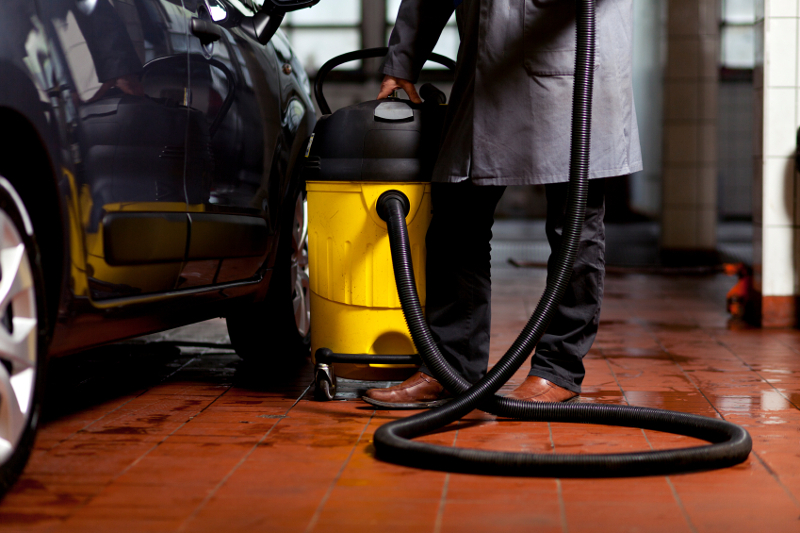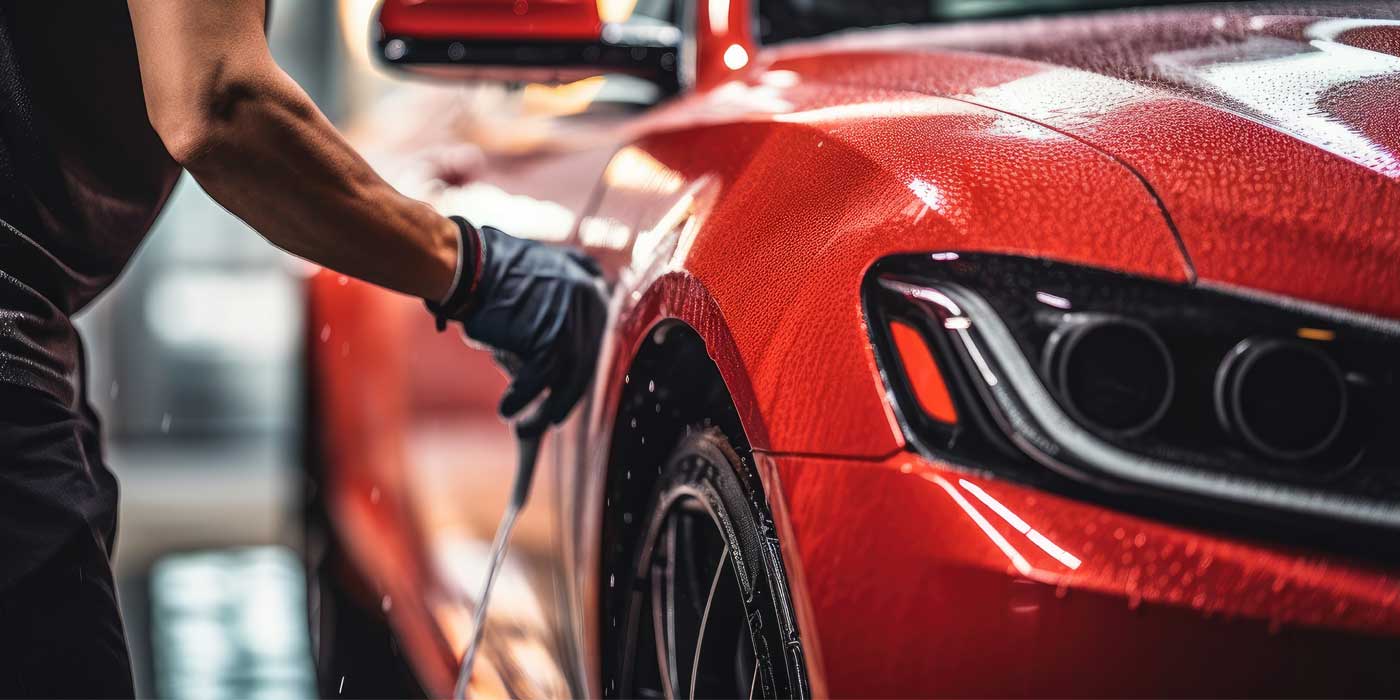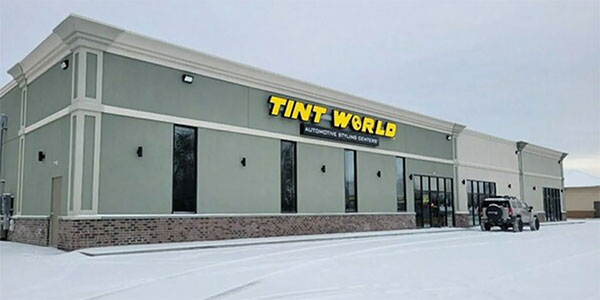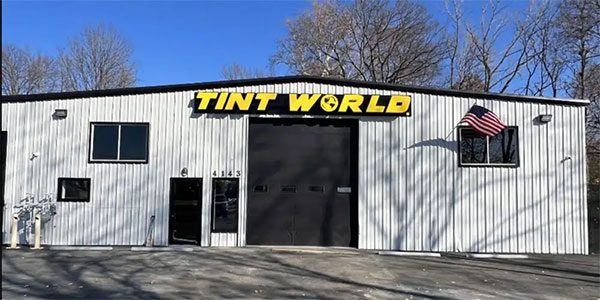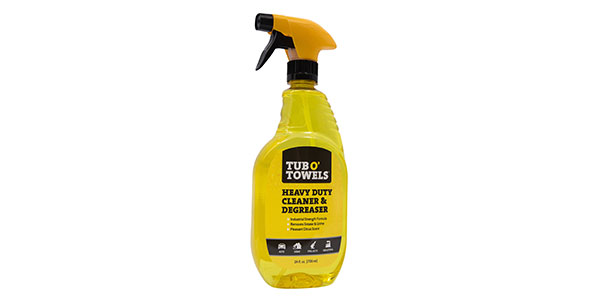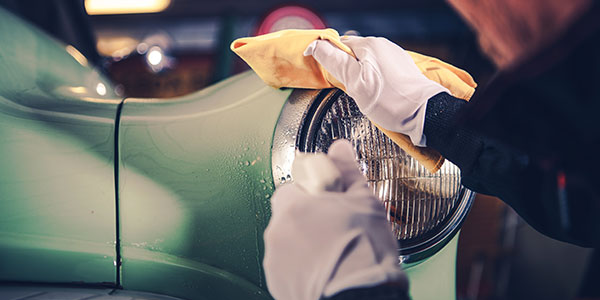People can be messy, and detailers know it. Vehicles are many people’s homes away from home, so little messes are inevitable. To remove them, many detailers rely on the use of extractors. While different extractors exist, detailers should consider a few things when shopping for the right one.
Take your time
According to Bud Abraham, president of DETAIL PLUS Car Appearance Systems, detailers “tend to purchase on price rather than the machine best-suited for their needs.” While it may be easier on a bank account initially, a high-quality machine will increase profits later on as a reputation for thorough, detail-oriented work is built.
“Detailers often make the common mistake of just jumping in — turning the machine on without knowing exactly how it works,” says Debby Davis, product manager for Powr-Flite. Davis encourages detailers to review the operators’ manuals for their machines so they understand how to set up, use, care and store the equipment properly.
Two terms detailers should know pertaining to extractors, according to Davis, are defoamer and psi. Defoamer prevents foam buildup during carpet cleaning operations, which can cause the motor to shut off, and require the operator to stop and empty the tank. “The foam also contains hair, lint and small debris which can enter the vacuum fan chamber and reduce the performance and life of the motor,” she notes.
Psi is important because extractors can have different psi settings. Low psi is for upholstery or delicate fabrics, while high psi is for carpets or heavily soiled areas.
Additional tools
Extractors are helpful, yet sophisticated pieces of equipment, believes Davis. Proper attachment tools should also be used for a job well done. Some models may come with specialty tools for the detailing industry.
Bruce Micciche, president of Diamond Lustre Ltd., instructs detailers to use a dry vacuum to remove any dirt and debris from the area before using an extractor. “Most extractors on the market today do not have a filter system to trap the dirt and debris, so what happens is that it ends up in the motor itself and can cause damage to the motor,” he explains.
Abraham recommends a rotary shampoo tool to be used in conjunction with the extractor. This tool is small and is equipped with a 3- or 5-inch diameter brush with bristle lengths of 7/8 or 11/2 inches. Vapor steamers can also remove stains from carpet and upholstery, and interior dryers can be used to remove moisture.
Steam cleaning versus extracting
A common misconception is that extractors are the same as steam cleaners. Davis shares this idea dates back to the 1960s when extractors were first introduced. These early machines heated the water to above 200 degrees Fahrenheit and were incorrectly referred to as steam cleaners. While most modern systems heat the cleaning solution, others perform with cold water.
Actual steam cleaners work well on hard surfaces, states Abraham, but they do not eliminate oily soil from carpets.
“Take a coffee stain for example. With an extractor you are injecting water [into] the carpet, thereby flushing the dirt and water out using the vacuum system,” explains Micciche. “With a steamer you steam up the dirt, then wipe it off with a towel. Because this method [typically] does not address the coffee that soaked through the carpet, you can get a wicking effect and the coffee stain can return as the carpet dries.”
Micciche adds, “Although it is still possible to still get a little wicking when using an extractor, it is much less likely to occur when done properly.”
Maintenance and considerations
When it comes to extractors, the only drawback is using the equipment incorrectly, says Davis. According to Abraham, using extractors is the only way to flush carpet and upholstery clean.
Micciche notes that extractors can leave carpets damp. “This can be minimized by towel drying the surface after completion and/or using a blower or fan to move air across the seat or carpet to expedite the drying process,” he adds.
Maintenance is also relatively low. Detailers should dump the recovery tank and wash it every night, reports Abraham.
Micciche adds to prevent damage to the vacuum motor, avoid overflowing the machine.
“It is always a good idea to take a look at the mechanicals of the machine once a week,” continues Micciche. “This will allow you to spot anything that may be happening, like a leaking hose that could be dripping water on a component in the machine.”
As outside temperatures change, Micciche recommends keeping the extractor in a heated area. “When water freezes it expands, and when water expands in a tight area like a pump, bad things happen. The ice can crack the head of the pump or ruin the internal mechanisms,” he adds.
Extractors can provide a high return on investment if detailers take the time to learn how the machines work and how to care for them.
“Overall, a portable extractor does not require much more than minor maintenance,” concludes Davis. “Filters, the wand and some wand attachments may need to be cleaned on a regular basis. If basic care is performed regularly and as required, the machine should provide years of quality service with minimal downtime.”

